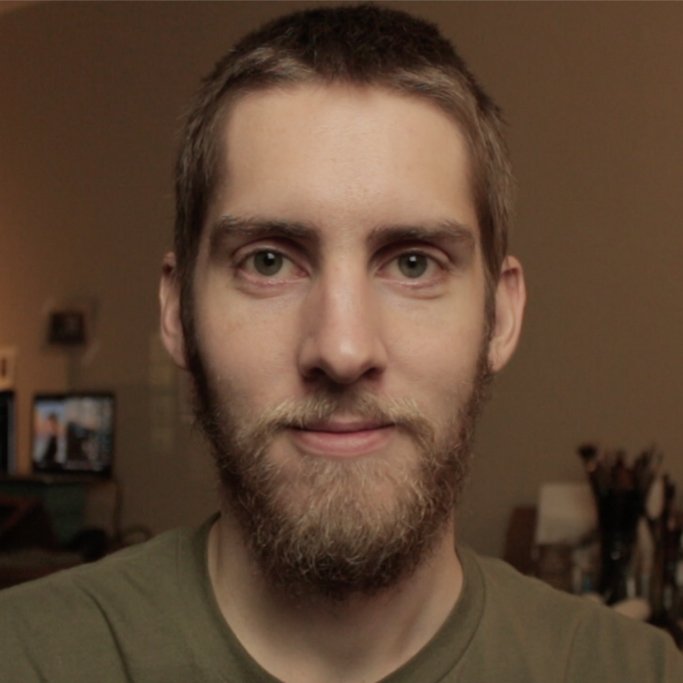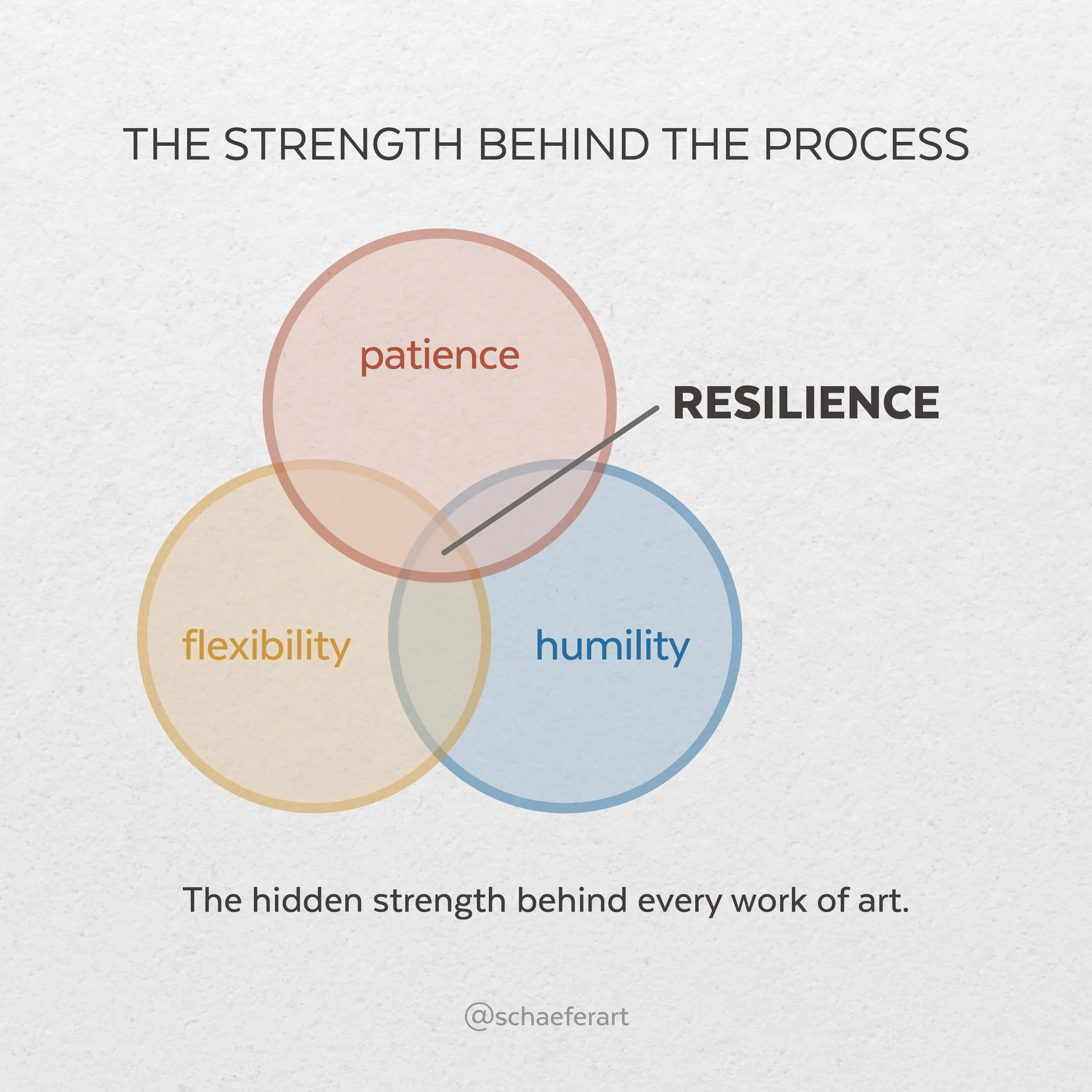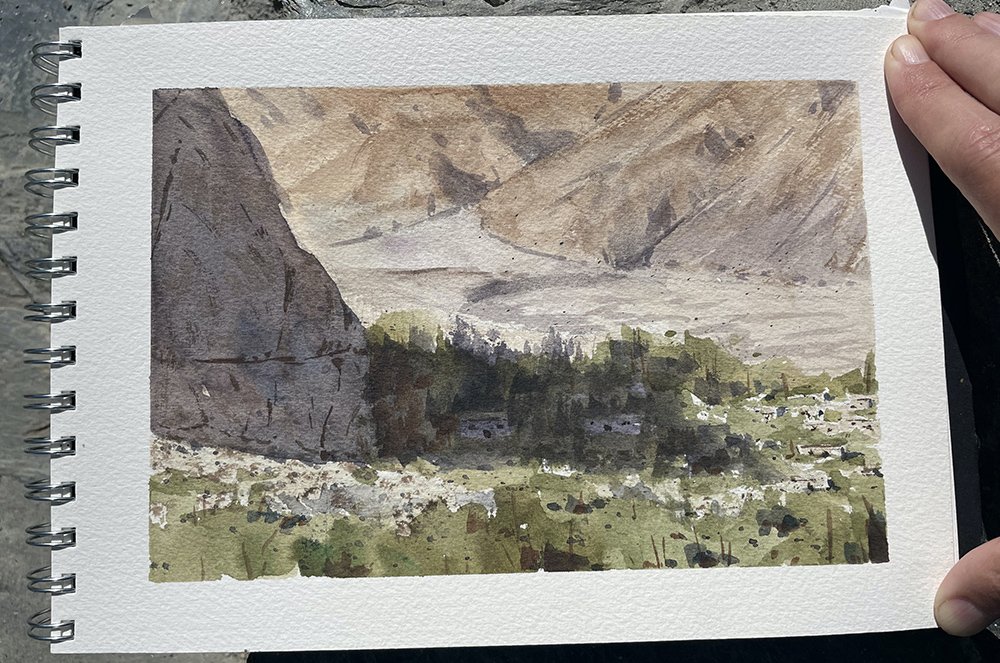How I Plan for the Year Ahead
The new year is usually a time where we all make resolutions, stick to them for about 3 days - maybe one week if you’re lucky, and then go back to our normal ways. Eventually we can remember our goals and try to get back on track but it’s usually difficult to do. I’ve done this type of thing for many years now. But I think this year will be different for me.
I’ll be honest, I started off this year very ambitious. I planned out many goals ahead of time, wrote out all the projects involved for each goal, and broke down each project into many chronological tasks. I dated them all and had everything ready to go. Now all I have to do is execute the tasks as they appear. There’s just one problem with this: It’s not realistic.
The Reality
I didn’t account for other projects or opportunities to appear - which they did. I didn’t account for emergencies - always a possibility. And I just didn’t realize that the amount of goals I set was causing me to be overwhelmed. This caused me to feel paralyzed, and as a result - I was getting less done. I was too stressed and putting too much pressure on myself. This all took me about 3 weeks into the new year to realize.
I already planned out the year and I felt that it might be difficult to change all my plans. Or maybe I’d feel disappointed if I had to cut things out or start over from scratch.
So how did I “fix” this? What could I do?
Notion - App I use to manage my goals and track progress
A Second Look
I knew for sure that I couldn’t keep going with what I had planned, so I went back to my list of goals and evaluated the list. Only a few have to be done by a certain deadline, the rest are flexible. Rather than looking at them by the Date of the goal, (which is just something I made up for most of them) I looked at them by the type of goal. In my case, this was asking the question:
“Is this goal a one-time task, or is it recurring?”
I have goals to create certain kinds of lesson videos for this year - once I finish these and put them up on my site - they are done. No more work needs to be done. But videos for my YouTube channel, those are basically never-ending. I will always be doing more of those each month.
So immediately, my priority went to the one-time tasks that I could see on my list. I moved all of these one-time goals to the first 6 months of the year, and all other goals to the 2nd half of the year.
Right away, things became so much more clear to me.
Instead of trying to do everything, every month - I was now focusing on only a few achievable goals for the next 6 months. I felt like I could breathe again. This seemed way more doable now. I even feel like I could do all of these goals before the end of the 6 months. And if that is the case, I can start the other goals earlier too. Which would feel like a big win.
Focus & Flexibility
This taught me a huge lesson - a simple one as well. It’s all about what I focus on, not about how much I’m doing or getting done. I can get more done, more quickly if I just focus on one thing and knock it out.
Sometimes changing plans can be more effective than just sticking to an earlier plan just for the sake of laziness or stubbornness. For me, focusing on an entire year at once is just too much. It’s better to break up the year into smaller chunks.
I do still have a mixture of goals in the first half of the year though. For instance, creating a recurring blog post or newsletter each month. But I feel that these are tasks can easily be achieved along side the other goals I decided to put all my focus on. So I kept them in.
Flexibility is key.
Knowing what I want to achieve and why, allows me to understand when I should do it and how to execute. And only focusing on what I can handle in a short period of time.
I’m very glad that I decided to recenter myself, realign my goals, and change something, rather than sticking to the initial plan I set.

I am an artist, writer, and instructor. As a previous graphic designer for a healthcare management business, I now teach drawing, painting, and discovering your passion with art.
When You’re Ready, Here’s How I Can Help You:

Unlock your artistic potential and learn to draw with confidence using the Intuitive Drawing method. From your first sketch to creating realistic drawings and subjects.



















